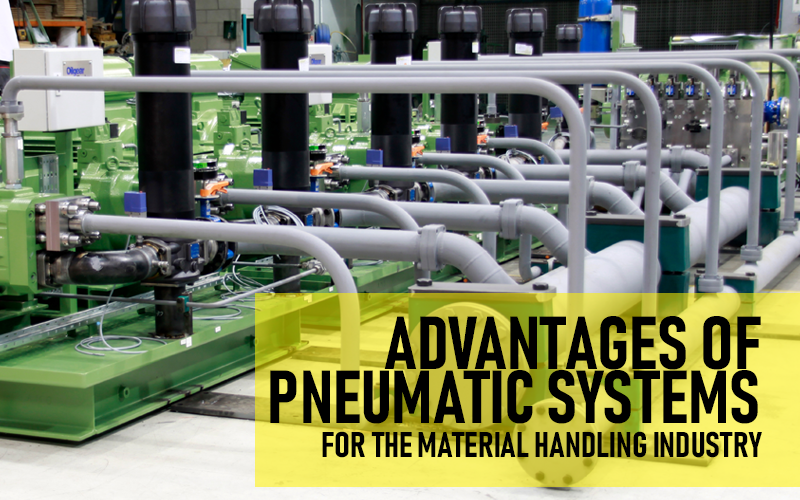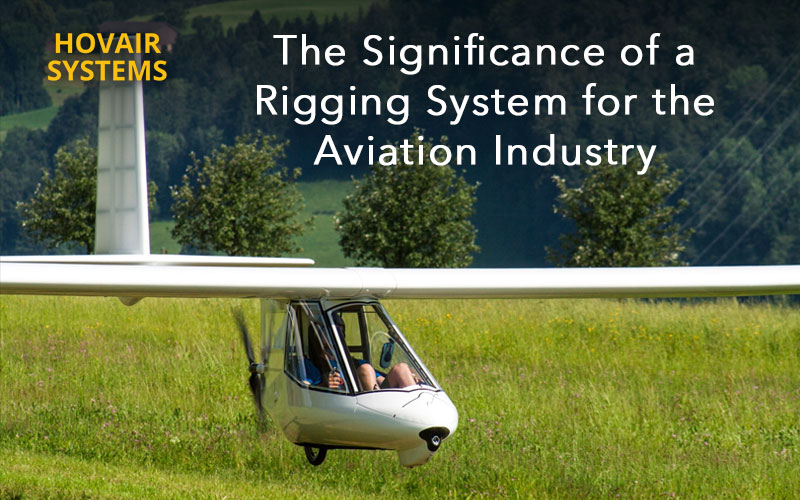Within an industrial space, the moving around of heavy objects and equipment is inevitable. Replacing traditional and electrical moving equipment are pneumatic systems. Pneumatic systems are essential equipment that creates a film of air between the object and the floor, enabling the load to be lifted and moved around an assembly floor easily. Harnessing the use of compressed air, Hovair builds air-casters, airlift bags, and airbag jacks by banking upon their years of experience and specialist knowledge of operating within the manufacturing industry.
Proving their use within the pharmaceutical, food, automobile, textile, chemical, and several other industries, a pneumatic system trickles in ease for the user. Requiring precision in the execution of moving around a load, different industries rely on pneumatic systems for the range of advantages they offer. With electrical solutions exhibiting their limit within certain environments, pneumatic systems rise to the challenge by accommodating any given requirement. Facilitating today’s industrial environment through and through, pneumatic systems have become a critical component within assembly units, logistics units, warehouses, etc.
- Decreased Vibration & Harshness
Constantly working with vibrating equipment and tools can cause operators to develop certain health conditions. Ranging from damage to joints to damage to sensory nerves, operators within the material handling equipment industry face long-term consequences. At a sharp contrast, air casters eliminate the presence of vibration, leading operators to use these systems with no hassles or inconveniences.
- Increased Versatility air bag jack
Making the investment worthwhile, a pneumatic system works in areas where overhead lifts, forklifts, and cranes fail to work. Making the process of spinning a load or taking a u-turn easy, these systems allow operators to practice heightened maneuverability when moving around the load. Completing equipment movement in any location of the factory production space, these systems prove their efficacy as a flexible and omnidirectional system.
- Increased Safety
Be it air lifting bags or air pallets, they are far safer when compared to traditional moving equipment. Banking upon their superior engineering and value-driven quality manufacturing, Hovair manufactures pneumatic systems that are safe for use. Loading on loads of different shapes, sizes, and materials, these systems stop working when overloaded. In doing so, they protect the user operating the system and the personnel working around the unit. Similarly, with no extensive pulling or pushing necessitated, the probability of risks are mitigated.
- Doesn’t Entail Extensive Repair & Maintenance
Unlike conventional equipment, pneumatic systems don’t require lubrication or consistent maintenance. Running continuously for a long period, they are to be simply cleaned with water and soap. Thus, reducing the operator’s cost of following up on a maintenance schedule. Comprising no moving parts, they are a cost-effective solution for all material handling spaces.
- No Damage To The Flooring
Riding on a cushion of air, the moving load and the floor have no contact. Spreading the load over a larger surface area, there is minimal to no risk to the structural foundation of the floors. Using wheels to move around loads can cause dents or damage to the floor, owing to the friction. Not bearing any damage to expensive flooring, these systems spare manufacturers the cost of frequently renovating their assembly unit.
- Increased Productivity
Owing to the functionality of the system, a single person can move around a load weighing close to 5,000lbs. With such flexibility, one employee gets to execute the entire job, without requiring the need to involve several different hands and therein waste productive hours.
- No Need For A Power Source
Relying on compressed air, a pneumatic system doesn’t require an electrical power source. This leads operators to feasibly execute jobs around the production unit and not worry about any sparks igniting an explosion. With such reliability, safety, and elimination of down-time involved, these systems work to make the lives of manufacturers and operators easy.


